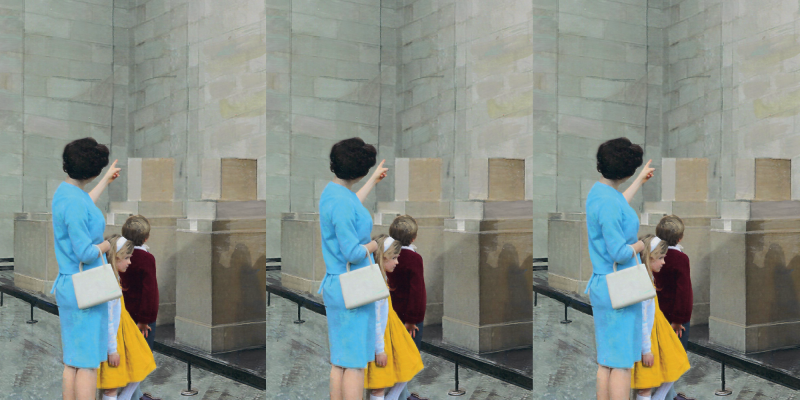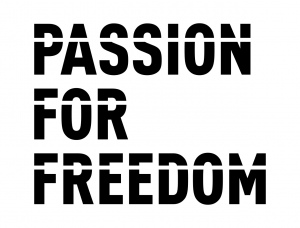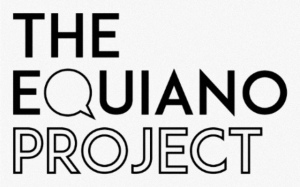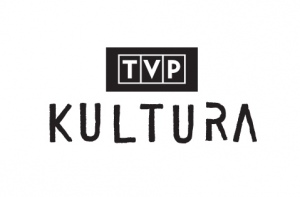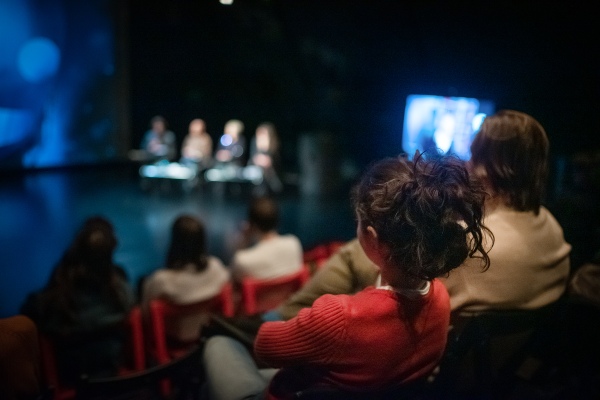14/09/2023
discussion panel
Decolonising the Arts
Featuring Inaya Folarin Iman and
Piotr Juszkiewicz [Free admission]
-
Decolonising the Arts
-
Discussion from the series Cultural Tensions
-
- Nearly every territory in the world has either been colonised or was a colonising power. Colonialism – the taking over and ruling the land and people of another country – is, rightly or wrongly, a driving force of history. Colonialism not only forcibly imposes foreign rule and make use of human and economic resources, but also shapes and exploits the colonised through ideology, religion, psychology, and culture.
-
- According to the Nobel prize-winning novelist, travel writer, and essayist V.S. Naipaul (1932-2018) Islam has “produced the worst of colonial invaders.” Naipaul’s travels across many non-Arab Muslim countries led him “to discover that no colonisation had been so thorough as the colonisation that had come with the Arab faith…. The faith abolished the past. And when the past was abolished like this, more than an idea of history suffered. Human behaviour, and ideals of good behaviour, could suffer.”
- But there is a paradox here: most studies of colonialism, post-colonialism, and decolonising strategies only criticise and attack the West and, in particular, Great Britain, France, and the US. It would be controversial to discuss the varying dimensions of historical or modern colonial rule by Islam, China, Russia, and even the European Union over other nations and territories. Why is this?
- Post-colonialism, i.e. ideological and cultural rule over former colonies that won independence and autonomy, has transitioned to decolonisation – an activist movement that has grown exponentially over the last decade. Examples include the Rhodes Must Fall campaign or critical race theory’s increasing influence in academia. The latter gives birth to powerful university institutes, e.g. University of the Arts London’s Decolonising Arts Institute that “seeks to challenge colonial and imperial legacies, disrupting ways of seeing, listening, thinking and making in order to drive cultural, social and institutional change.” Other universities are including new decolonising art modules in art history degree courses.
- In some galleries and museums, works of art have been removed from public display because they made decolonising activist-curators uncomfortable. This year, the eccentric British Christian painter Stanley Spencer’s 1935 painting, Love among the Nations, was removed from display of The Fitzwilliam Museum, Cambridge and denounced as an example of Spencer’s racist misanthropic outlook shaped by British racism and imperial rule. As reported by Douglas Murray in The Spectator, Tate Britain removed another painting by Spencer from public display (The Resurrection, Cookham (1924-27)) and permanently closed the Rex Whistler restaurant after a 1926 mural by Whistler faced widespread backlash. The mural features depictions of “the enslavement of a Black child” and “Whistler’s treatment of non-white figures reduces them to stereotypes”. Tate Britain recently underwent a re-hang of its collection. As The Guardian’s art critic Jonathan Jones described it: “The novelty of this rehang is to impose a veneer of current concerns with slavery, empire, sexual identity and gender on to displays…. The results are glib, patronising, belittling.”
- Other museums in England, including the Wellcome Trust, The Cartoon Museum, and Pitt Rivers in Oxford are also undergoing a process of “decolonising” its collections and displays.
-
- But what of decolonisation in Central and Eastern Europe? Throughout history, Slavic peoples in Eastern Europe suffered from aggressive Russian and German imperialism and colonisation. In the 9th century AD, people from Eastern Europe were taken as slaves by Spanish Muslims. The term slave has its origin in the word “slav”.
- The current war waged by Russia in Ukraine has highlighted the desire for Ukraine to rid itself of Russian cultural imperialism. Some artists were described as Russian when in fact they were of Ukrainian origin: Kazimir Malevich, Ilya Kabakov, Sonia Delaunay-Terk, and Louise Nevelson were all born in Russia-controlled Ukraine. Since the start of Russian invasion, The Metropolitan Museum of Art in New York has been re-evaluating artists’ origins and even re-naming historical works of arts. As British culture critic Charlotte Higgins reported in The Guardian, quoting the writer Oleksandr Mykhed: “This decolonisation involves a ‘total rejection of Russian content and Russian Culture’.”
- And what about Poland? Historically, it has also experienced different kinds of colonisation. In the 18th century, the Polish-Lithuanian Commonwealth was wiped off the map and partitioned between the Russian Empire, Kingdom of Prussia, and the Austrian Monarchy. In the 20th century Poland was invaded and brutalised by both Germany and Soviet Russia who plundered, removed, and destroyed many works of art.
- Is the western European fad of decolonisation applicable to Poland and other Central and Eastern European sovereign nations? Or is it a different story there and has been homogenised by the decolonisation movement? Are there good intentions behind the decolonising movement? If so, why the silence in the West about Islam, Russian, and Chinese colonialism?
Join us and our guest speakers from England and Poland for this fascinating and complex discussion.
